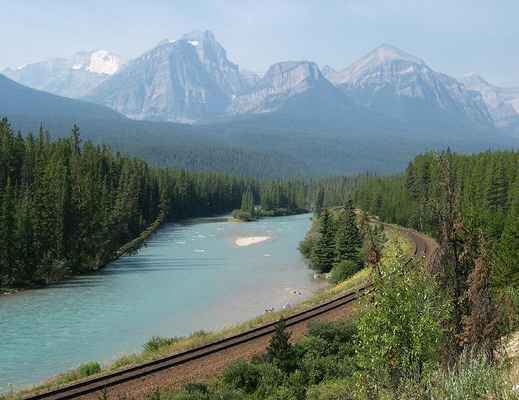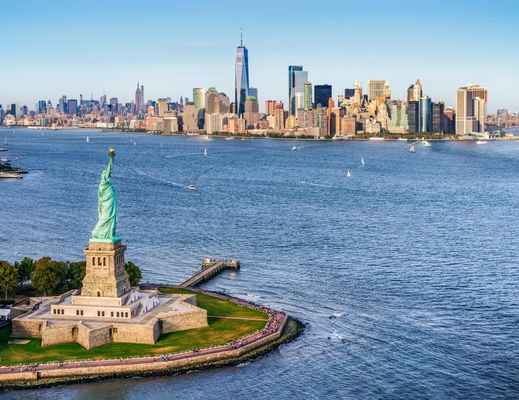


North America
Around The World
/
North America
North America's vast expanse stretches from the Arctic Circle to the tropical waters of the Panama Canal, encompassing everything from frozen tundra to scorching deserts. This remarkable continent spans six time zones and features three major countries - Canada, the United States, and Mexico - along with its Central American nations and numerous Caribbean islands, each offering distinct experiences.
The continent's diversity is reflected in its multicultural fabric, where hundreds of languages are spoken and countless traditions blend together. From the French-speaking streets of Montreal to the vibrant markets of Mexico City, cultural experiences shift dramatically as you traverse the continent.
What makes North America truly special is its remarkable array of natural wonders. The continent houses everything from the towering Rocky Mountains to the depths of the Grand Canyon, the endless prairies of the Great Plains to the rugged Pacific coastline, also including the Atlantic and the Gulf of Mexico coastlines. Cities like New York, Vancouver, and Mexico City stand as testaments to human innovation while preserving their unique cultural identities.
Food culture in North America is a fascinating fusion of indigenous ingredients, immigrant influences, and modern innovation. From Canadian poutine to Mexican street tacos, from Southern BBQ to New England seafood, each region offers its own culinary identity. The farm-to-table movement and food truck revolution have transformed urban dining scenes across the continent.
Notable highlights include the cultural melting pot of California, combining tech innovation with natural beauty; the historical richness of Quebec City, offering European charm in North America; and the Yucatan Peninsula, where ancient Mayan ruins meet Caribbean beaches.

Get to Know North America
Take a tour of this destination's highlights
Popular Countries in North America
Top Sights in North America
Inspiring Reads on North America

Travel Tips for North America
What you need to know before traveling here
Practical Tips for North America
Things to prepare and best way to visit
Tourist visas typically allow 180 days in the US, 180 days in Mexico, and up to 6 months in Canada, without requiring a visa for certain nationalities. Always check specific requirements for your nationality.
Tap water is generally safe to drink in the US and Canada. In Mexico and parts of Central America, it's advisable to stick to bottled water and avoid ice in drinks.
Spring (March-May) and Fall (September-November) offer mild weather and fewer tourists across most regions. Summer, however, is the peak tourist season with higher prices.
While English is widely spoken in tourist areas, learning basic Spanish phrases could be helpful and appreciated, especially in smaller towns and rural areas.
Daily budgets vary widely: $50-100 in Mexico, $100-200 in smaller US/Canadian cities, and $200+ in major cities like New York or Vancouver, including accommodation.
See All Practical Tips for North America

Get to Know North America

Travel Tips for North America

More to Explore

More to Explore
World is your limit in this journey, start by learning what each continent has to offer.












































 Facebook
Facebook Instagram
Instagram TikTok
TikTok Youtube
Youtube Telegram
Telegram
